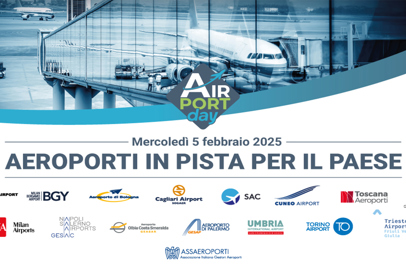13 March 2020
EASA issues safety directive to combat spread of COVID-19 via airline travel
Full disinfection for all the aircrafts after each flight from the high risk areas both in Europe and beyond
The European Union Aviation Safety Agency (EASA) has issued a safety directive to reduce the risk of spread of the novel coronavirus through flights to and from high risk areas. This is the first EU-wide operational measure to control the spread of COVID-19 in Europe.
The safety directive specifies measures to be taken for flights serving high-risk destinations. It mandates thorough disinfecting and cleaning of aircraft which operate from high-risk destinations after each flight. Exceptions can be made only when disinfectants with a longer-lasting effect are used – but even in those cases a thorough disinfection is mandated no later than 24 hours after departure from a high-risk airport.
“We need to reassure the passengers, the airline crews and the airport staff that their health and safety is our top priority,” European Commissioner for Transport Adina Valean said. “EU is taking concrete measures to limit and to slow the spread of the novel coronavirus. That’s why EASA issued a new safety directive concerning the full disinfection for all the aircrafts after each flight from the high risk areas both in Europe and beyond.”
The definition of high risk geographical areas will be based on all available information, taking into account World Health Organisation (WHO) situation report assessments, guidance issued by the European Centre for Disease Prevention and Control (ECDC) and regional public health assessments.
EASA further recommended that airlines operating on all routes step up the frequency of cleaning, disinfect as a preventative measure and ensure full disinfection of any aircraft which has carried a passenger who was suspected or confirmed as being infected with COVID-19. Airport operators should similarly disinfect terminals regularly.
“This directive reaffirms the commitment of aviation to combatting the spread of the novel coronavirus,” said Patrick Ky, Executive Director EASA. “We are aware that many airlines have already enhanced their cleaning procedures, and member states have put additional measures into place. Given that air transport is by its nature international – and we are dealing with a global pandemic – standardisation at European level will make these measures even more efficient.”
Additional guidance to be published shortly will recommend that in cases where flights are not full, passengers should be spaced throughout the cabin if possible. Wherever possible, passengers should also be provided with single-use disinfection wipes allowing them to additionally clean their seat area for personal reassurance.
Specific recommendations for cabin crew state that crew members who had direct contact with a confirmed case should be placed under 14-day quarantine. Other crew members on the same flight, or who came into contact with a suspect case, should be asked to monitor their own health and react quickly at the first signs of infection. These measures will help to slow the spread of the disease and will support business continuity for flight operations, by ensuring staff do not pass on the virus to colleagues.
Edited by Alisè Vitri
Source text: EASA Press Office
Visual: Sisterscom.com / Shutterstock
All rights reserved. Copyright © Sisterscom.com
You might be interested in
Useful Info

Authority
Olbia Airport will be named after Prince Karim Aga Khan IV
ENAC pays tribute to the founder of modern tourism in Costa Smeralda: a key figure in the history of aviation and the development of Sardinia
Useful Info

Authority
Airport Day
The national event, organized by Assaeroporti, is held on February 5 to celebrate the strategic role of the 17 participating Italian airports
Useful Info

Authority
ENAC: reorganization and future challenges of air transport
At the 2025 Meeting, a discussion on innovation, sustainability, innovative air mobility and quality of services, in line with the country's strategic objectives

